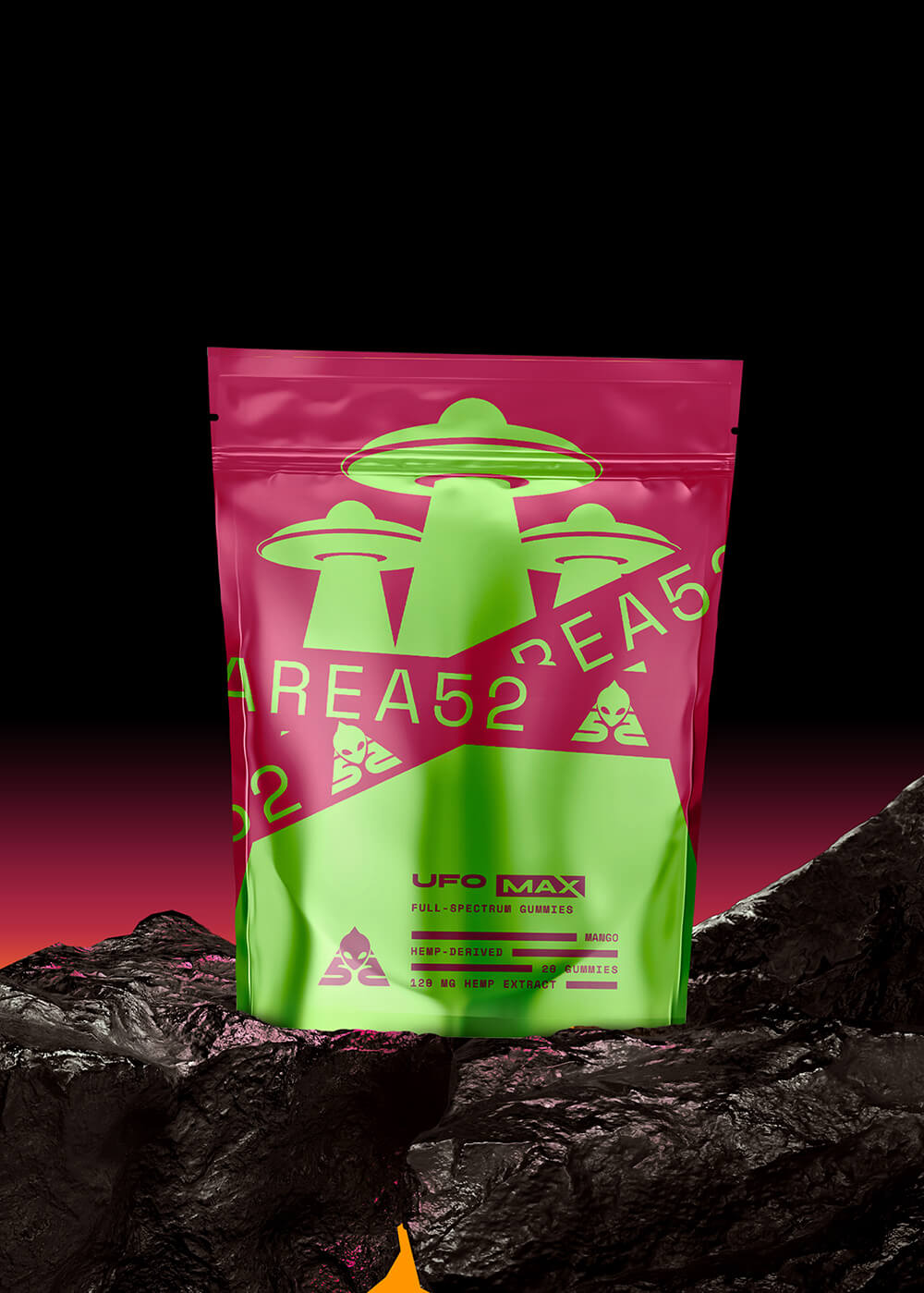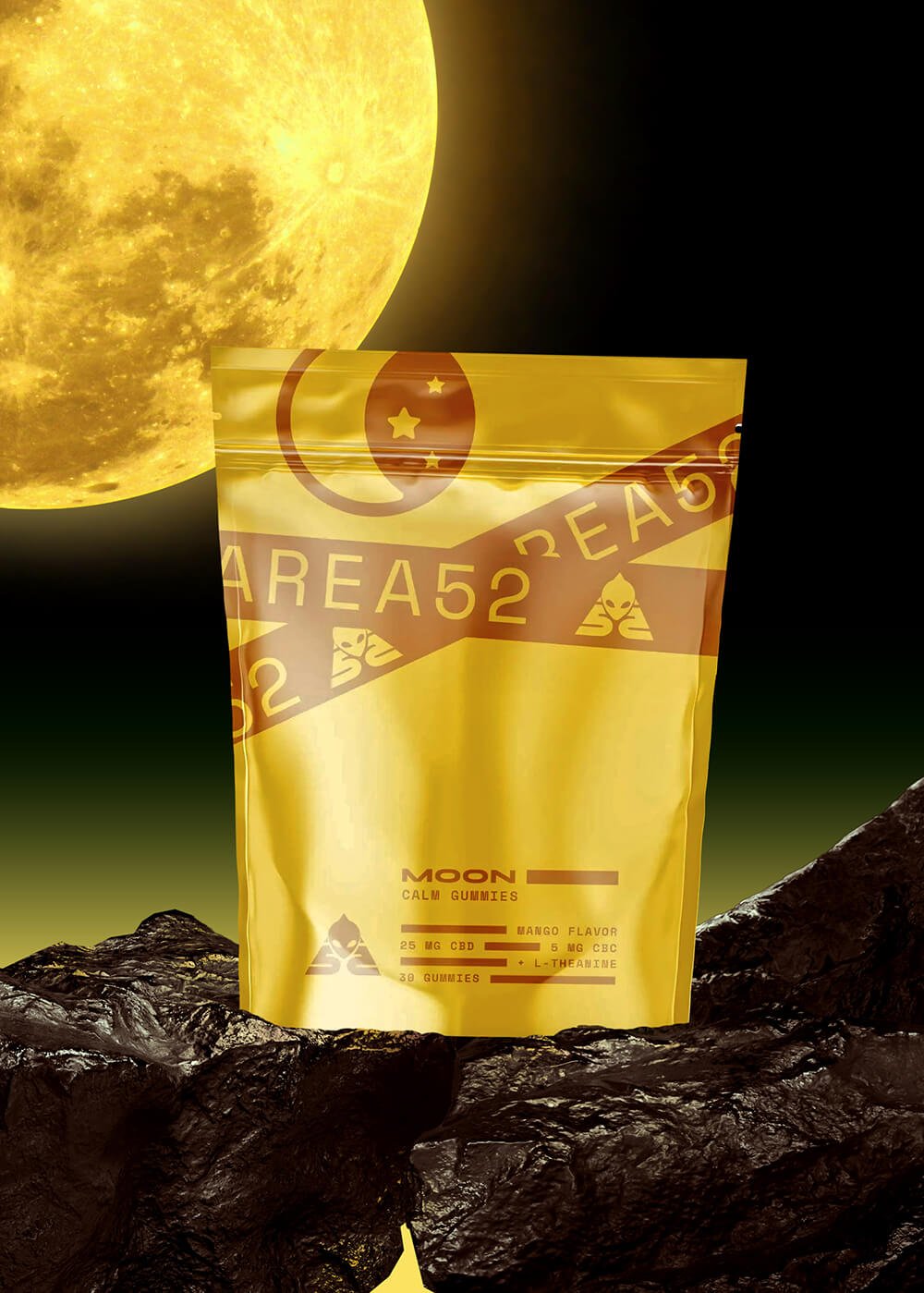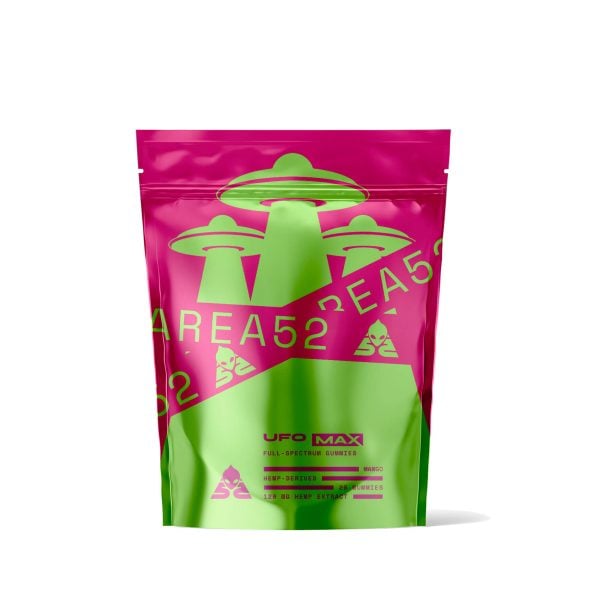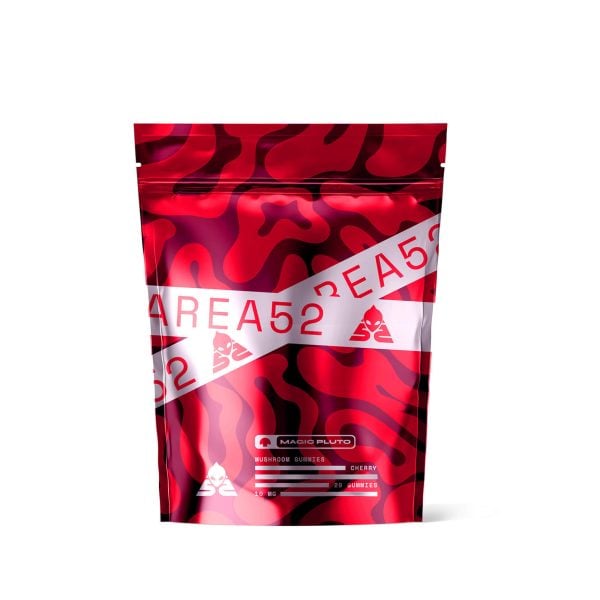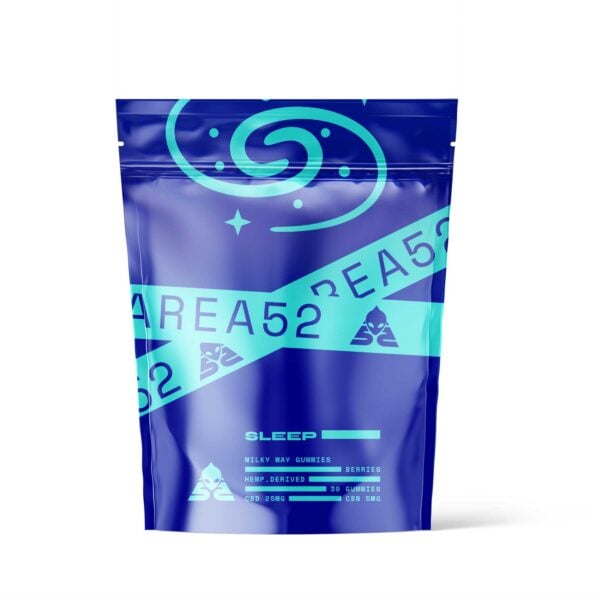11 Most Exotic Cannabis Strain in 2023

There’s nothing as exciting for a cannabis lover as finding a unique, unusual strain.
While beginners don’t need top-shelf strains to travel to la la land, a seasoned user’s taste buds are pretty refined. After savoring hundreds of strains, their senses get so sharp that they recognize the glossiest, trichome-covered buds from a mile away. Their taste buds deservingly crave something more luxurious. Something more exotic.
Exotic cannabis sounds as good as it is — a group of exclusive strains with a rare genetic makeup that offer an incredible sensory experience. This article covers everything you want to know about exotic weed and a list of the most exotic strains that you’ll wish you had on your nightstand.
What Are the Most Exotic Cannabis Strains?
‘Exotic’ is another ubiquitous term in the cannabis dictionary. So, what is an exotic weed?
To some, an exotic cannabis strain is one that’s difficult to find, and no one else is growing. To others, a cannabis strain is exotic if it has unique genetic makeup, appearance, flavors, and effects.
According to the definition by the Merriam-Webster Dictionary, exotic can refer to several different things that are close in meaning:
- Something foreign or introduced from another country: not native to the place where found.
- Strikingly, excitingly, or mysteriously different or unusual.
Both definitions accurately depict the world of exotic cannabis strains: uniquely potent, hard to source, and unusual in effects and aroma. Many use this term as a marketing trick to attract users to buy any strain with high THC concentration and colorful trichomes. But, exotic is more than top-shelf dank weed because it has a special factor that defines it as such, which we discuss next.
Regardless if you’re a new user or looking to grow and add a special one to your collection, here is a selection of the best, most exotic weed strains:
1. Snowcap — Afghani x Haze Lineage
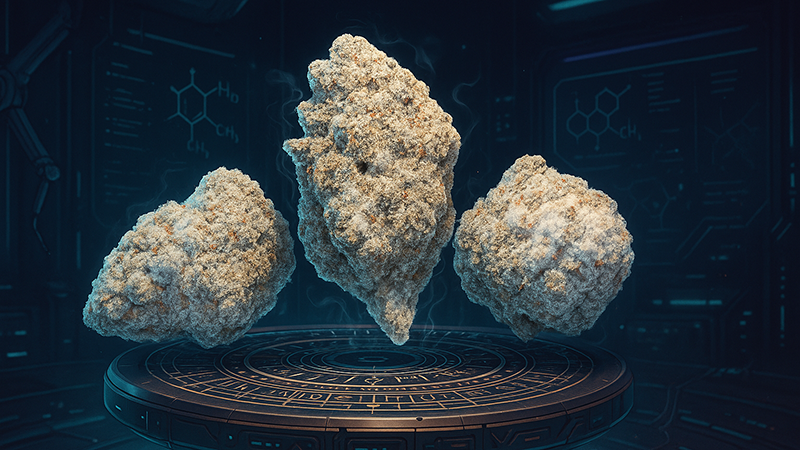
Snowcap is a 50/50 hybrid presenting unusual buds and THC levels between 21% and 24%. It’s considered exotic because of its incredibly pungent aromatic profile and rich flavors, capable of knocking out even the most seasoned users. This relatively new weed strain has a mysterious genetic history that only the original breeders know, but allegedly, it’s a Humboldt Snow and Haze cut.
Thanks to its soaring THC levels, Snowcap offers an instant cerebral rush that’s relaxing yet uplifting. It brings euphoria and joy to the user and is suitable for fun conversations as it gets the user in a silly, chatty mood. It embodies a fresh citrus scent with minty flavors that play a huge role in its refreshing high.
- Average THC: 24%
- Average CBD: 4%
- Type of strain: 50% hybrid
- Aroma & flavor: Citrus, lemon, mint
- Genetics: Afghani x Haze lineage
- Effects: Relaxation, euphoria, instant cerebral rush
2. Frisian Duck — Frisian Dew x DucksFoot
Coming from the master breeders at Dutch Passion, Frisian Duck is an unusual and powerful cross between Frisian Dew x DucksFoot. This strain has the most exotic-looking buds you’ve ever seen. In the early growing stages, she flaunts peculiar-looking leaves that make the perfect cover-up from nosey neighbors.
This strain is a sibling of the exotic Frisian Dew. It has a spicy edge because it boasts a peppery flavor and pine-like aroma. Once in bloom, it produces sativa-dominant, gorgeous purple buds that test between 14-17% THC and 5% CBD. Medical marijuana patients use this strain to ease aches and pains and achieve a clear-headed calmness that doesn’t get them lethargic.
- Average THC: 15%
- Average CBD: 5%
- Type of strain: Sativa-dominant hybrid
- Aroma & flavor: Pine-like aroma and spicy, peppery flavor
- Genetics: Frisian Dew x DucksFoot
- Effects: A balance between calmness and excitement
3. Malawi Gold — Malawi Indigenous
Originally cultivated by native Malawian tribes, Malawi Gold is an indigenous sativa strain widely considered one of the most potent in Southeast Africa. This landrace variety presents a complex flavor profile and potency that ranges from 14% to 24% THC.
Malawi Gold is generally not recommended for new users because it’s a pure sativa. Even if you get your hands on these bright green buds with a THC concentration on the lower side, expect a strong, intensely cerebral high. Users typically get extremely energized, uplifted, and stimulated, which prompts them to be more active and do more creative things. This flower boasts sticky, fluffy-looking buds with an almost candy-like, sweet smell with berry hints.
- Average THC: 21.5%
- Average CBD: <1%
- Type of strain: 100% sativa
- Aroma & flavor: woody, earthy, citrus
- Genetics: Malawi indigenous variety
- Effects: extremely energetic, uplifting, and creatively stimulating
4. Pinkman Goo
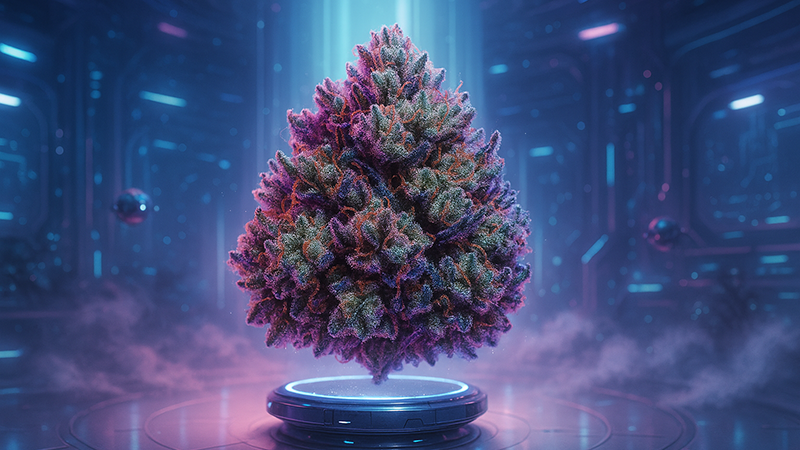
Pinkman Goo is a pure indica strain with an exotic status coming from its deep purple buds coated in unique, large globules of resin. The original genetics of this strain remains unknown because the credited breeder wants to keep it proprietary. Nonetheless, Pinkman Goo’s overwhelming amount of resin on a sole bud remains pretty remarkable.
Pinkman Goo is the ideal exotic strain for new users and enthusiastic growers alike. This is a pure indica strain and is best consumed during the evening hours to help the user unwind. Despite that, these pungent purple buds are not too stinky — it exhibits a soft, classic marijuana scent that’s ideal for situations where discretion is needed.
- Average THC: 18%
- Average CBD: <1%
- Type of strain: 100% indica
- Aroma & flavor: Earthy, floral, and lemon
- Genetics: Unknown
- Effects: Euphoric, happy, calm, tired
5. Ayahuasca Purple — Master Kush x Red River Delta
If reading the name “ayahuasca” puts a grin on your face, you’re not going to be disappointed in this cannabis strain. Ayahuasca Purple is an indica strain coming from the growers at Barney’s Farm. This weed strain is a cross between Master Kush and Red River Delta and delivers an unforgettably exotic experience.
Named after one of the most potent psychedelic plants on the planet, this strain stays true to its name. As a 100% pure indica, Ayahuasca Purple doesn’t fail to provide a trippy glow that tips with euphoria and takes the user to complete relaxation. Its vibrant buds present a deep purple color and an average THC content of 21%. This relaxing strain exhibits the perfect exotic aroma profile dominated by tropical smells of papaya and mango.
- Average THC: 21%
- Average CBD: <1%
- Type of strain: 100% indica
- Aroma & flavor: Tropical, papaya, mango, lavender
- Genetics: Master Kush x Red River Delta
- Effects: Trippy, euphoric, relaxing
6. Purple Haze — Haze x Thai
This rare gem is a legendary strain in stoner circles. Despite its popularity and origins, Purple Haze is one of the most difficult strains to find. Purple Haze is 70% sativa and 30% indica genetics and contains high THC levels. There’s some controversy around the strain’s actual lineage, but it’s widely considered a cross between the Sativa-dominant Haze and Thai.
Due to the high THC levels, it presents euphoric and energizing effects. These frosty purple buds can brighten up the greyest of days and, after the euphoria, leave the user in a relaxed state of mind. Purple Haze is an exotic, fruity blend with hints of spice and earthy undertones. The spicy notes are very prominent on the inhale, while the exhale filters out its fruity, grape-like flavors.
- Average THC: 20%
- Average CBD: 0.55% to 1%
- Type of strain: 100% indica
- Aroma & flavor: Fruity, earthy, spicy
- Genetics: Haze x Thai
- Effects: Energetic, euphoric, relaxing
7. Golden Tiger — Malawi x Meao Thai
Seasoned users know how difficult it is to find a pure exotic sativa. Coming from ACE Seeds, Golden Tiger is a fierce sativa strain born by crossing ACE’s Malawi and Cannabiogen’s Meao Thai from Thailand. Golden Tiger is a pure, hard-hitting strain with buds that can produce a whopping 28% THC.
These vibrant green buds are aromatically delicious but so intense that users typically feel unable to complete tasks. While it can be great for stress and mood disorders, it might give the user a sluggish hangover the next day. With THC levels higher than your average strain, Golden Tiger can induce trippy, psychedelic episodes common only among strong substances. Therefore, this strain is recommended only for experienced users.
- Average THC: 24%
- Average CBD: <1%
- Type of strain: Sativa
- Aroma & flavor: Earthy, fruity, sweet, minty
- Genetics: Malawi x Meao Thai
- Effects: Intense, psychedelic
8. Caramelo — Super Skunk x Big Skunk Korean x Afghani x Hawaiian
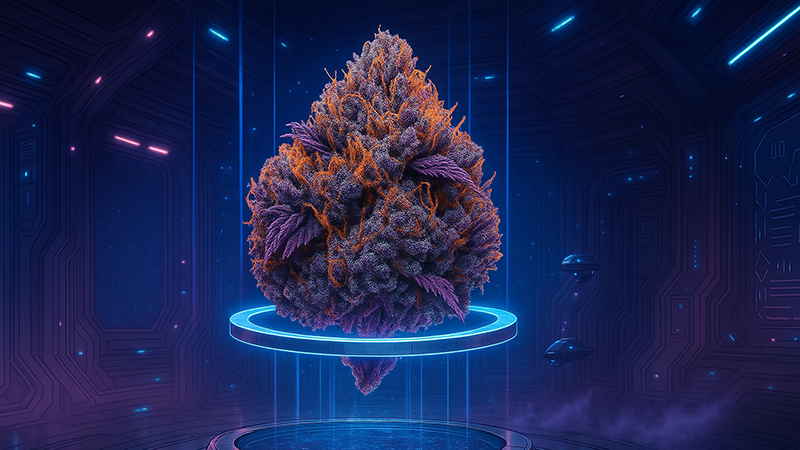
The name doesn’t lie — Caramelo is as delicious and as smooth as it sounds. This 70% Sativa-dominant hybrid boasts striking fluorescent purple buds with a THC content between 17% to 31%. Aside from its typical earthy and sweet aroma, Caramelo offers the rare nutty flavor of walnut that melts in your mouth.
Like every sativa, these lush green buds give the user an incredible rush of euphoria and energy that slowly declines to mind-stimulating relaxation. In addition to the extremely high THC levels, this strain is deemed extra exotic for its funky-looking buds. Its flowers are small to medium-sized and a perfect combination of several purple-flowering strains: Super Skunk, Big Skunk Korean, Afghani, and Hawaiian.
- Average THC: 24%
- Average CBD: 0%
- Type of strain: 70% sativa
- Aroma & flavor: Herbal, floral, very sweet, nutty
- Genetics: Super Skunk x Big Skunk Korean x Afghani x Hawaiian
- Effects: Euphoric, energetic, relaxing
9. Bubba Kush — OG Kush x Northern Lights phenotype
Originally known as ‘Bubba,’ Bubba Kush is a prize-winning indica hybrid packing a mighty THC level that reaches up to 27%. This strain is known for its calming effects that leave the user in a state of complete relaxation. Like other exotics, this strain is not recommended for newbies because it delivers an extreme high that could render them couch-locked and confused for hours.
Bubba Kush is a popular choice for chill movie days and is loved by users suffering from stress or insomnia. This indica dominant strain presents bulky buds with a vibrant color palette ranging from deep forest greens to pale purples. Users can expect a comforting, chocolatey coffee flavor coupled with sweet and spicy aromas.
- Average THC: 23%
- Average CBD: 0%
- Type of strain: 80% indica
- Aroma & flavor: Fruity, spicy, chocolatey, coffee
- Genetics: OG Kush x Northern Lights phenotype
- Effects: Chill, comforting, tranquilizing
10. Trainwreck — Mexican x Afghani x Thai landraces
Trainwreck comes from a rich genetic lineage: it’s a mix of a Thai sativa strain, a Mexican sativa strain, and an Afghani indica strain. It’s a Sativa-dominant hybrid that hits hard with an intense cerebral high and a predominantly spicy, peppery taste.
This strain presents thin leaves and dense buds loaded in resin that give off a potent citrus smell as they mature. Its buzz spreads evenly through the body, and its sativa nature invites creative energy for a fulfilling afternoon. Most users recognize it by its menthol aftertaste noticeable on each exhale, but they can expect a full-blown explosion of flavors with this strain.
- Average THC: 18%
- Average CBD: 0%
- Type of strain: 90% sativa
- Aroma & flavor: Fruity, spicy, peppery
- Genetics: Mexican x Afghani x Thai landraces
- Effects: Chill, comforting, tranquilizing
11. Layla — Sheila x Sputnik
Layla is an extremely rare 70% indica hybrid made by crossing two equally rare strains: Sheila and Sputnik. This hybrid boasts a robust 24.9% average THC level that gives a strong high, and full-bodied effect. Layla provides the user with a happy, exciting “high” that elevates the mood and gets them elated but relaxed.
Like most indicas, the happy high is followed by a sense of laziness that calms the body and sedates the mind. Layla has slightly herbal pine undertones that add to its tranquilizing effects. This hybrid is perfect for pain, chronic fatigue, and insomnia. Its oversized, dense, minty green buds present a sweet, spicy flavor whose pungency is savored on the exhale.
- Average THC: 24.9%
- Average CBD: 0%
- Type of strain: 70% indica
- Aroma & flavor: Spicy, sweet, earthy
- Genetics: Sheila x Sputnik
- Effects: Happy body high, relaxing
What Makes A Cannabis Strain Exotic?
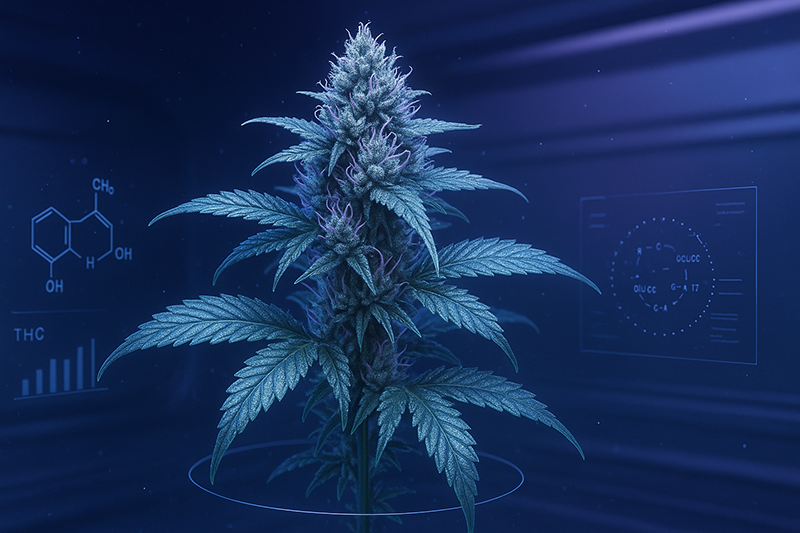
Exotic strains are the newest, most unique cannabis genetics emerging on the market. They are exclusive, quality, and have an unusual origin. Due to their beauty and uniqueness, medical and recreational users love to grow them for ornamental value.
Seasoned users can fairly easily weed out strains that aren’t considered exotic.
Household names like Sour Diesel, OG Kush, and Blue Dream can be eliminated from this classification because they are a commodity. There’s nothing new, exciting, or juicy about them. They still hold market relevance, and users love them, but they have lost the unique factor that would make them exotic.
Like most slang words, the term ‘exotic’ encompasses a pretty broad category of strains — and is often subjective.
When exploring exotic weed strains, it can be pretty difficult to discern which strains are considered exotic and which are not, especially since more than 2000 named strains are available [1]. To help out, we’ve curated (some) the top five most important factors a strain should have to be considered exotic:
1. Origin
Many exotic cannabis seeds and strains feature genetics originating from landrace sativa and indica varieties.Landrace marijuana strains represent the oldest, original cannabis strains typically grown in remote locations. They are a pure breed and haven’t been cross-bred or mixed with any other strain.
The ancestors of the best exotic weed strains and hybrids are native landrace varieties with untainted genetics that grow in places like Afghanistan, Pakistan, Thailand, Laos, India, or Malawi (think: Trainwreck).
Landrace varieties don’t necessarily hold extra potency or offer better effects despite their unique origin. In fact, they are purposely mixed to create sturdier strains which are better options for handling specific medical or recreational use.
Landrace varieties (Afghani, Thai, and Indian) have undergone serious selection that brought them a step above the original feral varieties [2]. Thanks to cravings for exotic marijuana by foreigners, growers in these areas have made a significant effort to remove sinsemilla male and female plants and purposefully cross the best plants with other cannabis strains.
So, if a strain is available in every head shop in town, it’s not considered exotic. That said, location plays a huge role in determining the status of the strain. Case in point: Golden Tiger is deemed exotic in the U.S. but not necessarily in India.
2. Rare Genetic Makeup
Top-tier genetics are the facilitators of a strain’s incredible sensory experience — they craft its distinctive flavor, smell, and effects. Strains with rare genetic makeup are considered exotic because their fire effects and stunning appearance differentiate them from the bunch.
One of the most common ways breeders create exotic strains is by cross-breeding rare or extremely popular strains in new ways. It’s all about the strain’s ability to thrive in radically different growing environments (indoor, outdoor, different soils, and grow mediums), hence the key role of stable genetics.
3. Appearance
Exotic strains embody flowers that are a sight to behold. Many grow colorful buds with stunning appearance and pistils with beautiful shades of deep blue, green, pale purple, light red, orange, and pink.
For example, Trainwreck is a powerful mix of landrace varieties and produces stunning neon green flowers. Another rare exotic cultivar, Pinkman Goo, grows soft pink and lavender flowers. Strains like Frisian Duck grow fascinating leaves that play the perfect cover-up as they don’t resemble a cannabis plant.
When looking at an exotic strain, it’s easy to notice its higher status over standard strains. A contributing factor is the length and size of the trichomes — the dense hairs that hug the bud and give it a “crystal-like” effect that makes it glossier. Therefore, abundant and healthy trichomes are an excellent cue for discerning whether a strain is exotic or not.
4. Sweet Aromas
The overpowering pungency of a cannabis strain is a major indicator of its exotic background. Experienced cannabis users can tell a mainstream strain by the smell of its terpenes alone. So, when they encounter something exotic, their taste buds go into a frenzy.
Typically, exotic cannabis has a delicious sweet smell and spicy flavor to it. And you’ll easily recognize them by their names. The names Caramelo or Cookies, for example, are associated with something pleasantly sweet and tasty — just as these two are.
Exotic strains are super aromatic because they are loaded in terpenes. They present pungent woodsy smells (Malawi Gold) or sweet aromas with a coffee-like flavor (Bubba Kush). Generally, strains with pinene and myrcene have an overbearing scent of pine and citrus.
From papaya, mango, peppermint, and ginger to walnuts, coffee, and chocolate, exotic strains blend the delicious aroma with the typical herbal dank smell of cannabis to accentuate the experience.
5. Potency & Effects
Most exotic weed produces heavy-hitting cerebral high and full-body effects whose imprint is often felt the next day. Due to its potency, exotic weed is not recommended for new users.
Strains like Purple Haze and Caramelo can cause an almost psychedelic high because they reach up to 30% THC. The more THC in a bud, the stronger the effect and the more intense the body’s response. Some exotic strains are so potent that they hit even the most seasoned users like a brick.
Cannabis breeders play a huge role in the THC levels a strain contains. Breeders purify and strengthen strains to combine the best traits and enhance characteristics and potency. Today, the average dispensary offers marijuana flower with a measured THC range between 17% and 28%. Most exotic cannabis falls in this high-end, extremely potent category.
But it wasn’t always this way. Prior to the 1990s, the THC content in marijuana averaged less than 2%. In the 1990s, marijuana’s THC levels increased to 4%, and in the period between 1995 and 2015, a 212% increase in THC content occurred. As a result, plants that produce high THC levels cannot produce CBD, so these strains tend to have minimal CBD [3, 4].
The effects of exotic weed vary and depend on the strain. Some cannabis strains energize and uplift, while others tranquilize or give a full couch lock after an intense high.
Exotic weed is insanely popular with medical marijuana patients who require intense, quality weed to zip away pain, inflammation, nausea, appetite, insomnia, and other symptoms related to chronic ailments.
Final Thoughts: Most Exotic Cannabis Strains
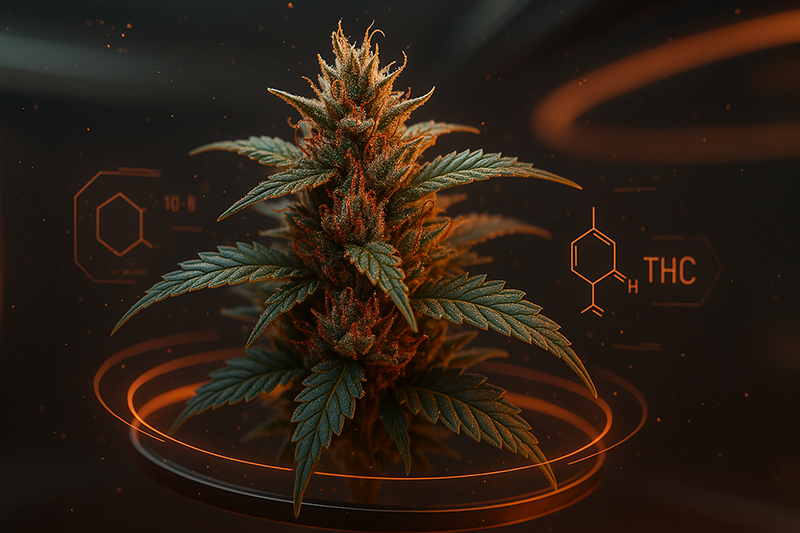
Year after year, the number of named cannabis strains increases. Yet, even among the “loudest” and “dankest” flower, exotic weed doesn’t fail to stand out. From Golden Tiger to Malawi and Ayahuasca Purple, exotic weed offers an exhilarating experience for all senses.
Related: 20 Best Hemp Flower Strains
Users in the cannabis industry recognize exotic strains by their name, origin, sweet and spicy flavor, delicious aroma, and staggering THC levels. Exotic weed is extremely potent, quality, and rare for the region. It abounds in trichomes and presents buds that are a beauty to behold. If you are a new user, proceed with caution because not every exotic strain is suitable for newbies.
FAQs on the Most Exotic Weed Strains
Got more questions about exotic seeds and strains? We’ve gathered some of the commonly asked ones here.
1. What is the Most Potent Form of Cannabis?
The most potent forms of cannabis are concentrates or extracts, which include oil, shatter, and wax. These forms contain high amounts of cannabinoids and terpenes, retaining the potent effects and unique flavors the strain offers.
2. What is the Purest Form of Cannabis?
The purest form of cannabis is the isolates, the most common of which are CBD isolates and THC isolates. In their purest forms, they look like white crystalline powder and contain no other compounds such as terpenes or flavonoids but only 99% pure cannabinoids.
3. What are Top Shelf Strains?
Top-shelf strains usually refer to premium-grade, best-quality weed. Not only were the exotic seeds and plants grown under the best of conditions, but they were also properly cared for with no artificial fertilizers or pesticides. They’re also harvested at their peak as well as dried, cured, and processed meticulously. The buds are visually appealing with frosty white trichomes, vibrant hues, and reddish orange hairs, the terpenes contributing to its unique flavors and clean and potent high.
4. What are the 3 Main Strains?
The three main strains are sativa, indiva, and hybrid strain. Sativa gives more of an energizing, euphoric, and uplifting high, while indica offers a more relaxing buzz with a strong body high. A hybrid strain, on the other hand, has balanced effects when it comes to body and mind high. You’ll also find a sativa-dominant hybrid and indica-dominant hybrid on the market.
In addition to the cannabinoid content, the type of terpenes and flavonoids influence the overall experience. For example, Purple Trainwreck has a high level of myrcene, terpinolene, and caryophyllene, terpenes known for their relaxing and soothing properties.
5. Is Kush Indica or Sativa?
Kush generally refers to indica strains and can either be pure or indica-leaning hybrids. Some examples of Kush are Hindu and Afghan Kush.
6. What is the World’s Strongest Strains?
Godfather OG, an indica-dominant hybrid, is one of the cannabis industry’s strongest strains, with more than 34% THC. This deep green indica-dominant bud is perfect for managing stress and deep relaxation.
7. What is the Sweetest Cannabis Strain?
Indica dominant Blueberry is the sweetest cannabis strain. This bud has a fruity aroma, stunning purple hues, and robust fresh blueberry flavors with sweet vanilla notes. This strain offers many medicinal benefits and works great for chronic pain and mood enhancement.
8. What is the Rarest Sativa Strain?
The rarest sativa strain is Malawi Gold. Originally from Malawi, Africa, this strain has a pungent aroma and delivers an uplifting, mood-boosting high.
9. What are the Hardest Cannabis Strains to Grow?
Some of the hardest cannabis strains to grow include Colombian Gold from Colombia, Dr. Grinspoon by Barney’s Farm, and San Fernando Valley OG from California.
10. Which Strain is Best for High?
It depends on the effects you’re after. If you want a strong energizing, uplifting buzz, go for sativa leaning strains such as Sour Diesel. If you want a full body and mind high, choose indica leaning strains such as Godfather OG. For a more balanced vibe, choose hybrids like Gorilla Glue. The THC content also matters. The higher the THC level, the more potent the psychoactive effects.
References Used
- Schwabe, A. L., & McGlaughlin, M. E. (2019). Genetic tools weed out misconceptions of strain reliability in Cannabis Sativa: Implications for a budding industry. Journal of Cannabis Research, 1(1).
- Barcaccia, G., Palumbo, F., Scariolo, F., Vannozzi, A., Borin, M., & Bona, S. (2020). Potentials and challenges of genomics for breeding cannabis cultivars. Frontiers in Plant Science, 11.
- Stuyt, E. (2018). The Problem with the Current High Potency THC Marijuana from the Perspective of an Addiction Psychiatrist. Missouri Medicine, 115(6), 482–486.
- ElSohly, M. A., Mehmedic, Z., Foster, S., Gon, C., Chandra, S., & Church, J. C. (2016). Changes in cannabis potency over the last 2 decades (1995–2014): Analysis of current data in the United States. Biological Psychiatry, 79(7), 613–619.
